Laguna Azul
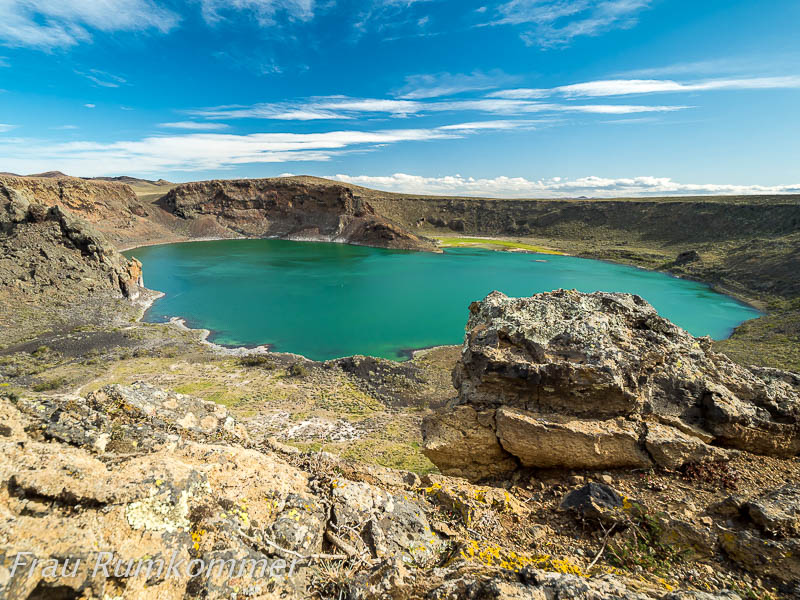
Tief im Süden Patagoniens, fast an der Grenze Argentiniens zu Chile, erhebt sich aus der fast ebenen Steppe dieser Krater. Die letzten Ausbrüche des Pali Aike – Vulkanfeldes, zu dem er gehört, fanden vor fast 10.000 Jahren statt. Bis zu 295 m tief ist das Wasser, sein Durchmesser 560 m. Darin befinden sich offenbar keine Schwebstoffe. Dadurch entsteht die namensgebende intensive Farbe. Östlichen des Hauptkraters ist ein kleinerer Nebenkrater mit schöner Trichterform. In den Lavafelsen leben verschiedene Vögel. Ein besonderes buntes Exemplar wollte fotografiert werden und ist dafür um uns herum gehüpft.
Deep in the south of Patagonia, almost on Argentina’s border with Chile, this crater rises out of the almost flat steppe. The last eruptions of the Pali Aike volcanic field, to which it belongs, took place almost 10,000 years ago. The water is up to 295 m deep and 560 m in diameter. Apparently there are no suspended solids in it. This is the reason for its name-giving intense colour. To the east of the main crater is a smaller secondary crater with a beautiful funnel shape. Various birds live in the lava rocks. A particularly colourful specimen wanted to be photographed and hopped around us to do so.
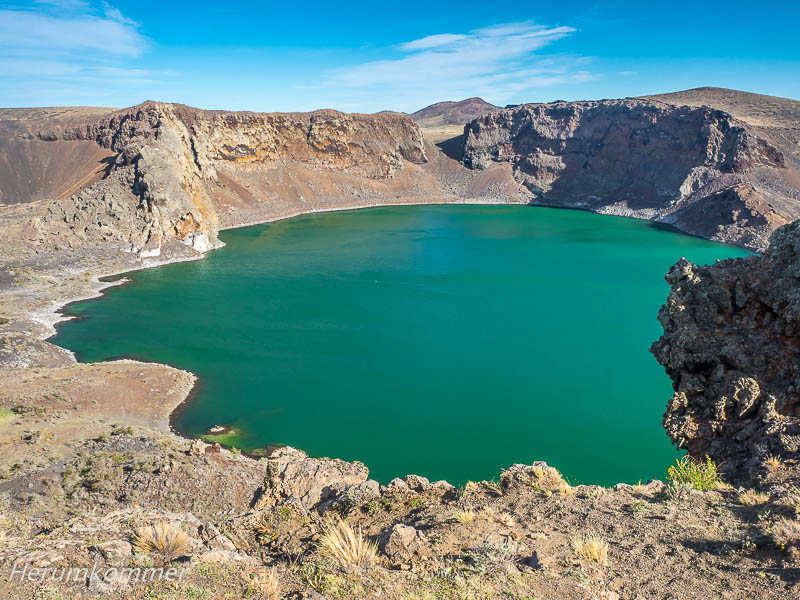
.
.
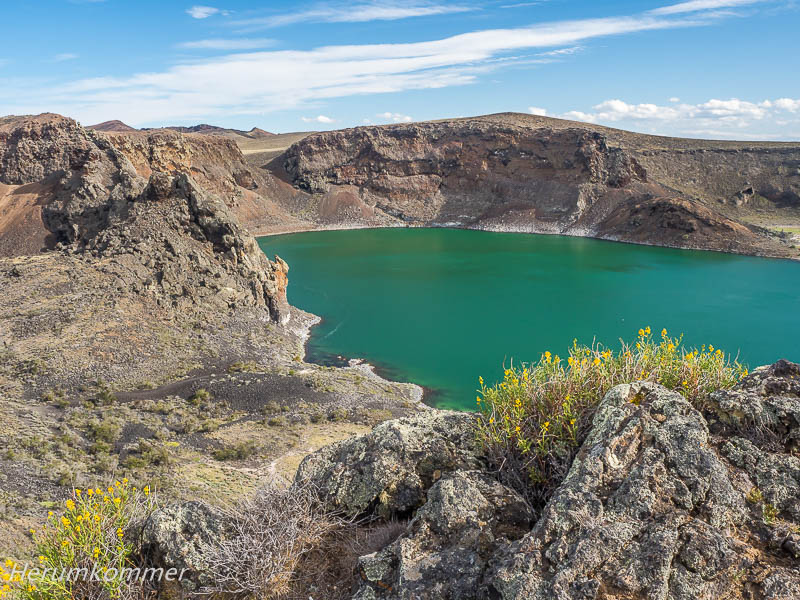
.
.
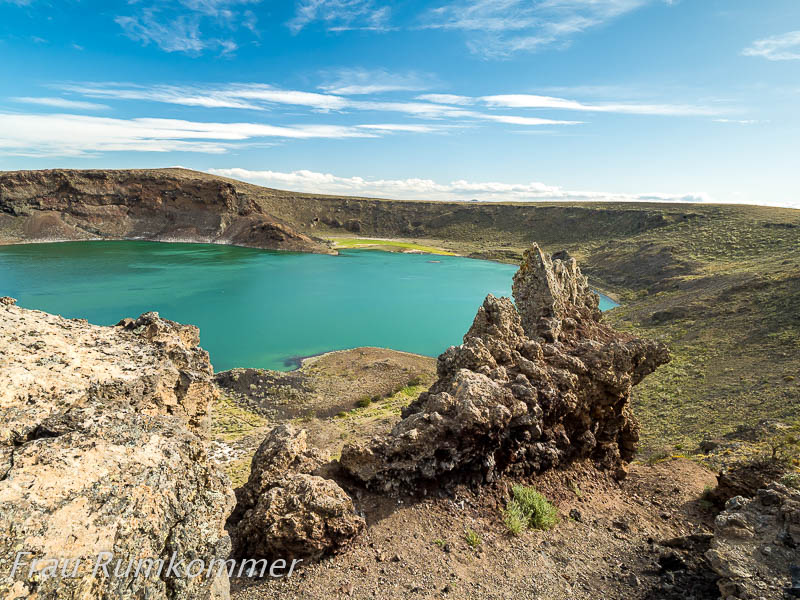
.
.
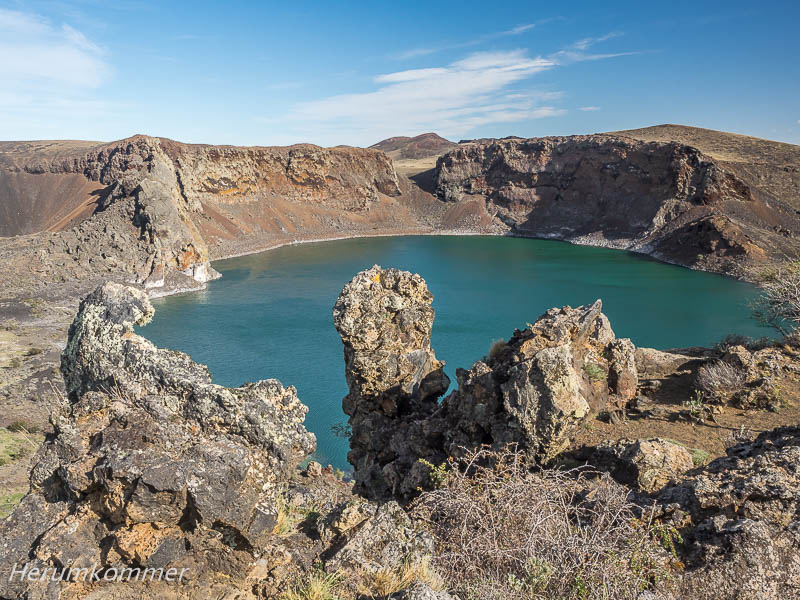
.
.
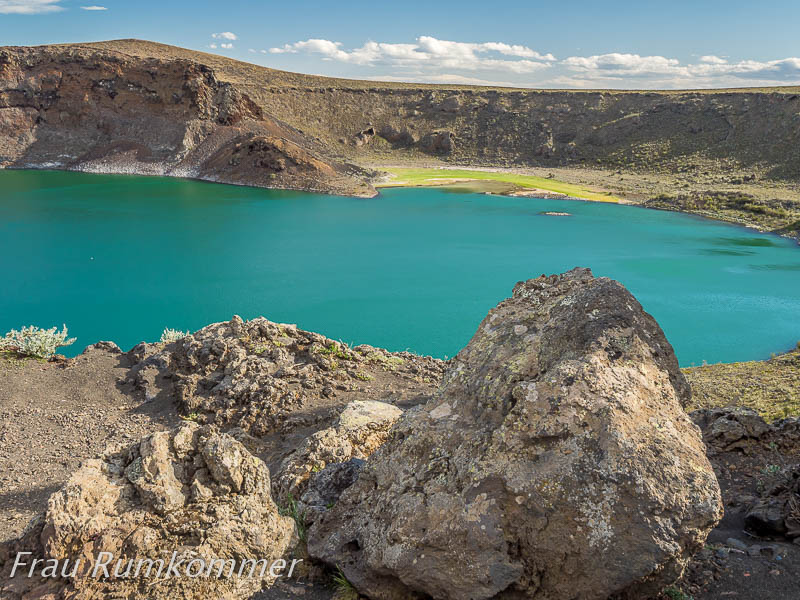
.
.
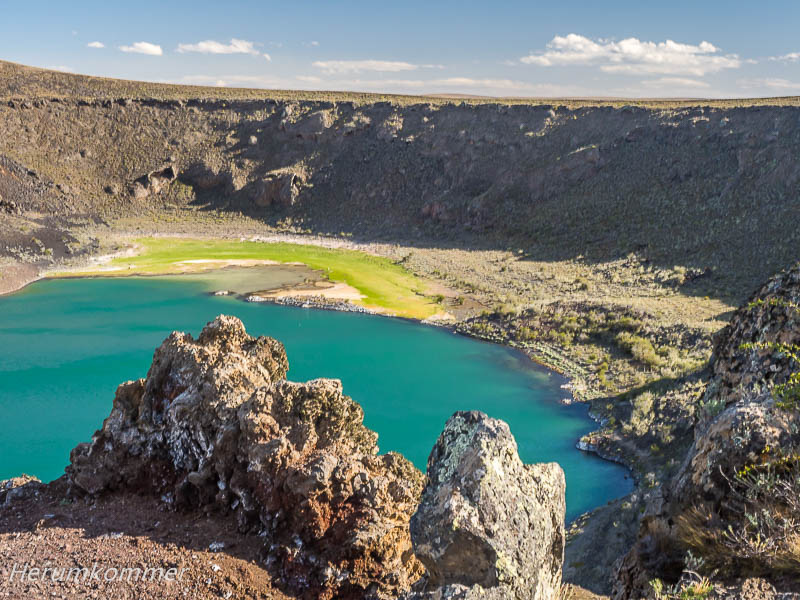
.
.
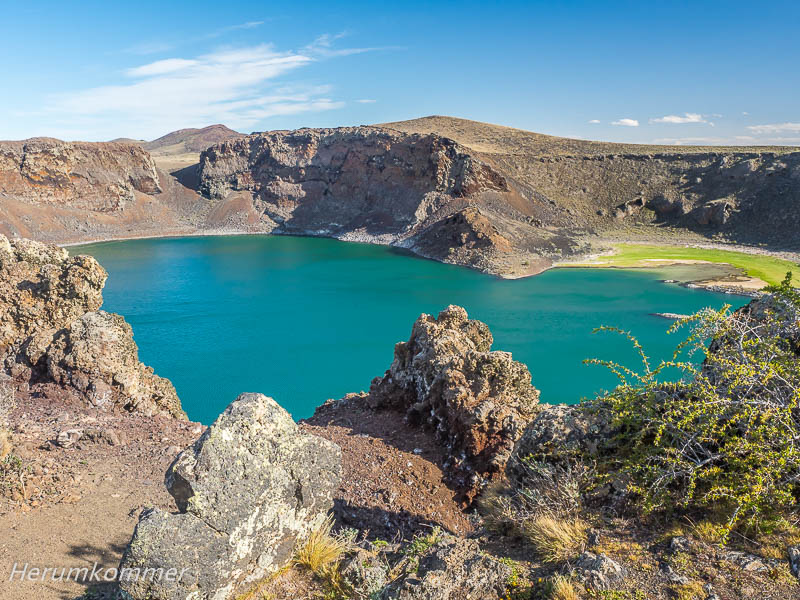
.
.
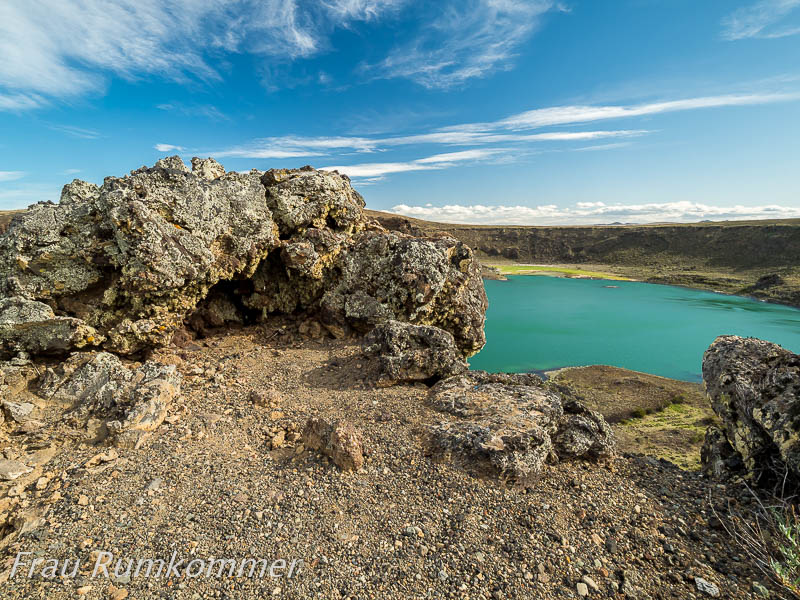
.
.
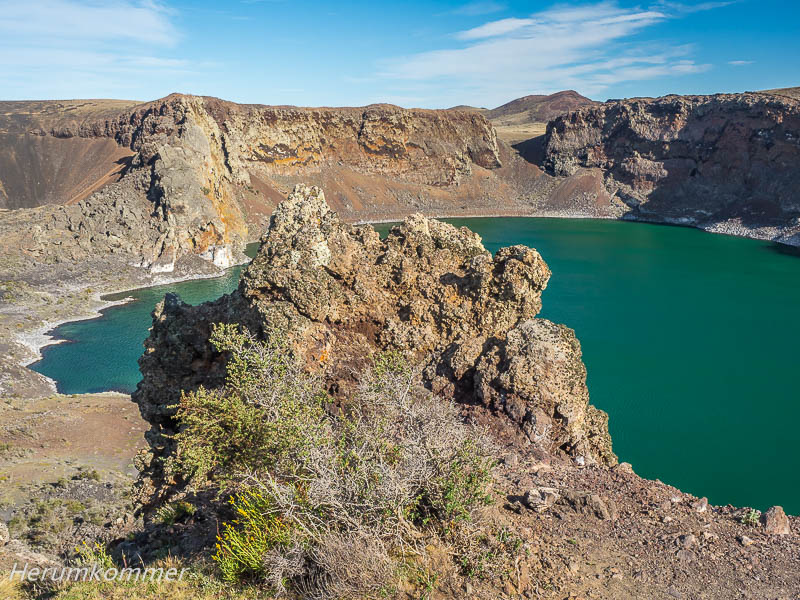
.
.
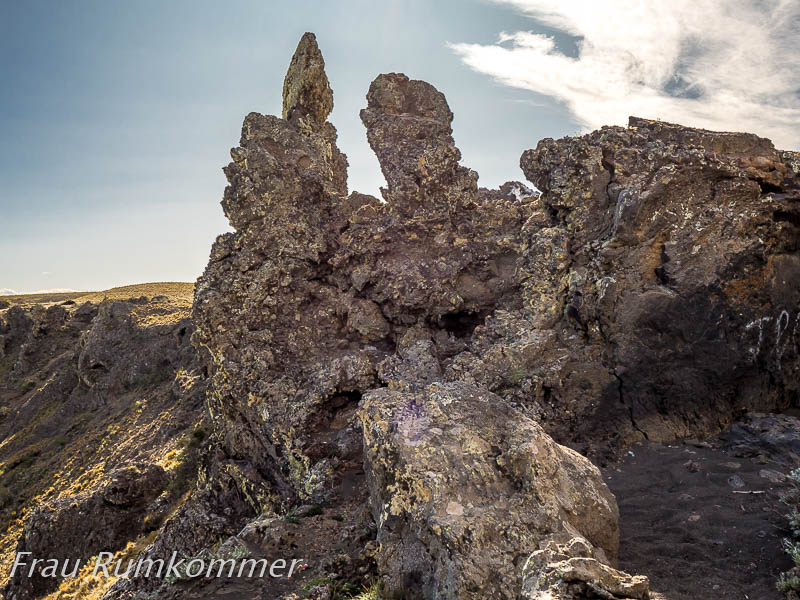
.
.
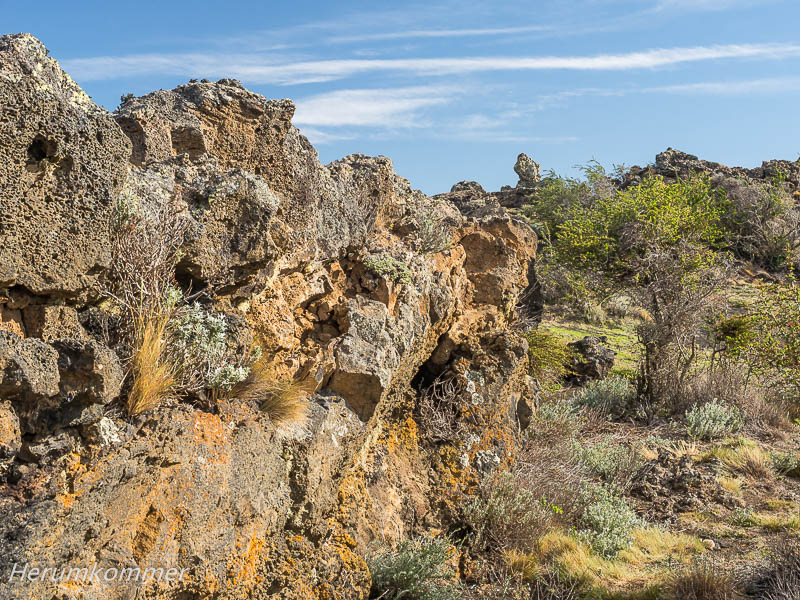
.
.
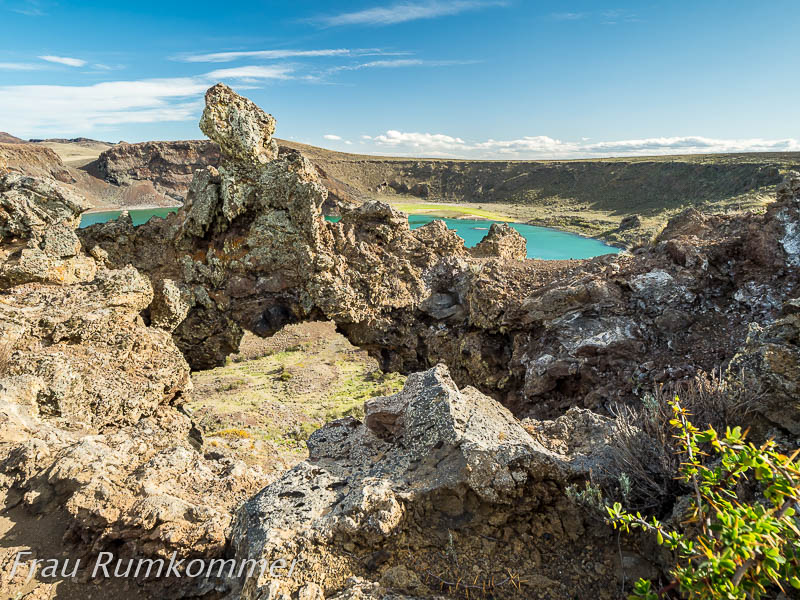
.
.
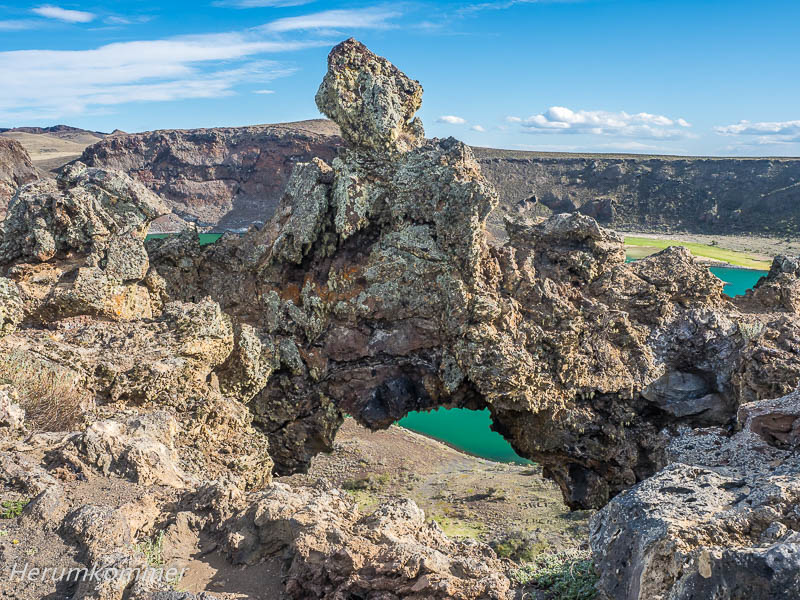
.
.
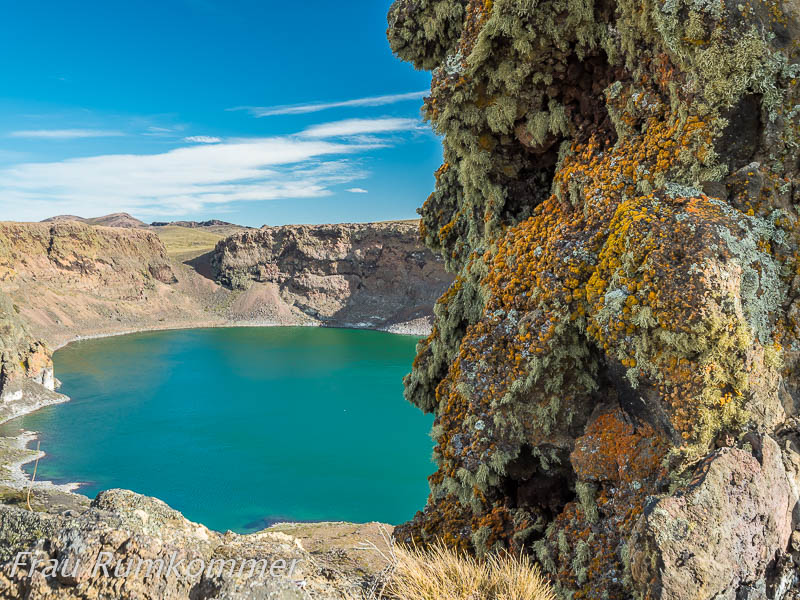
.
.
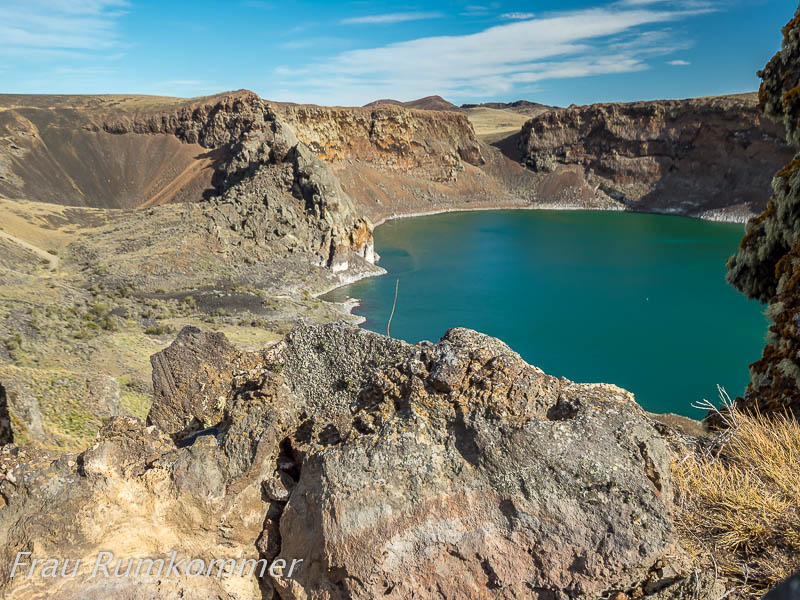
.
.
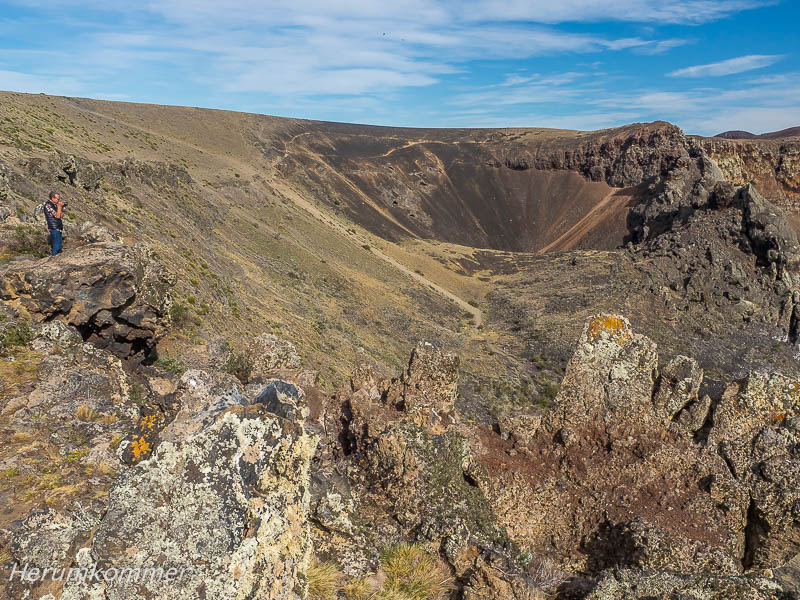
.
.
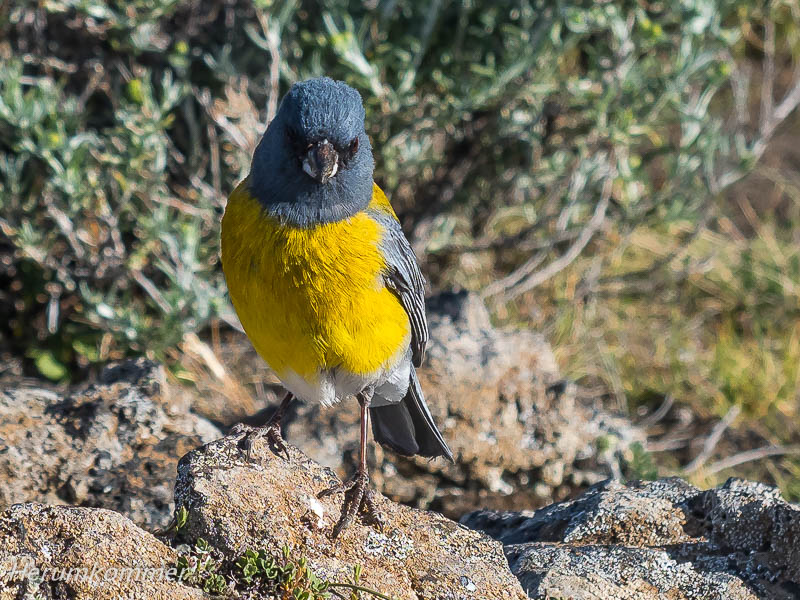
.